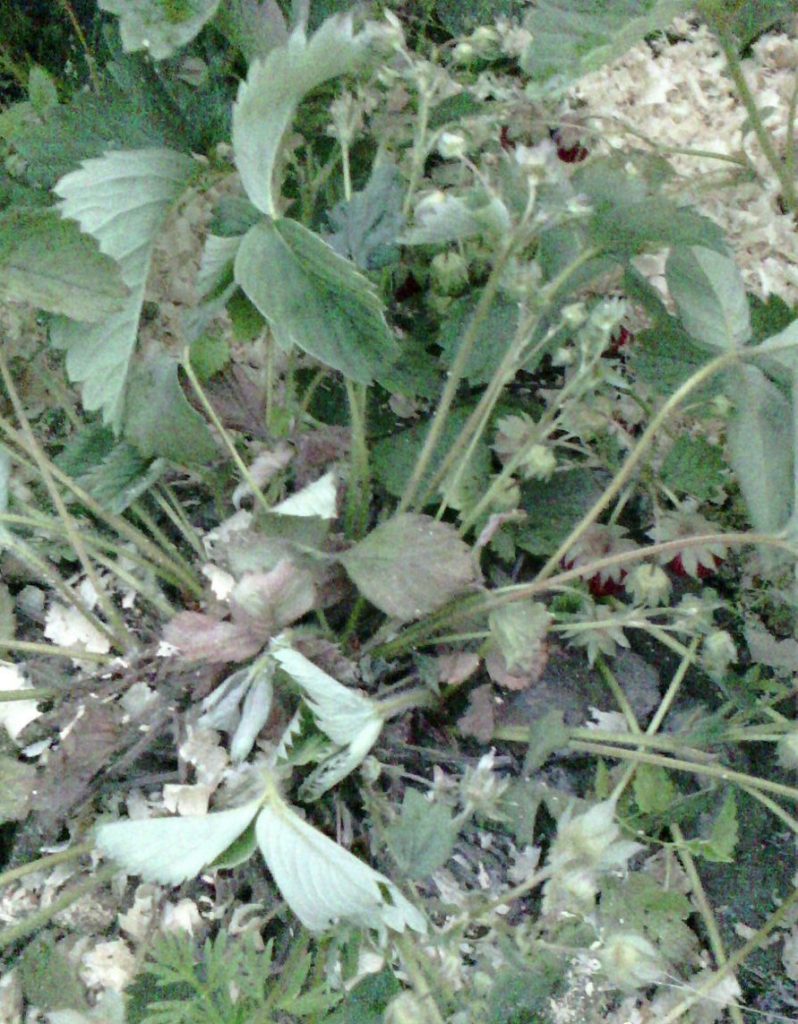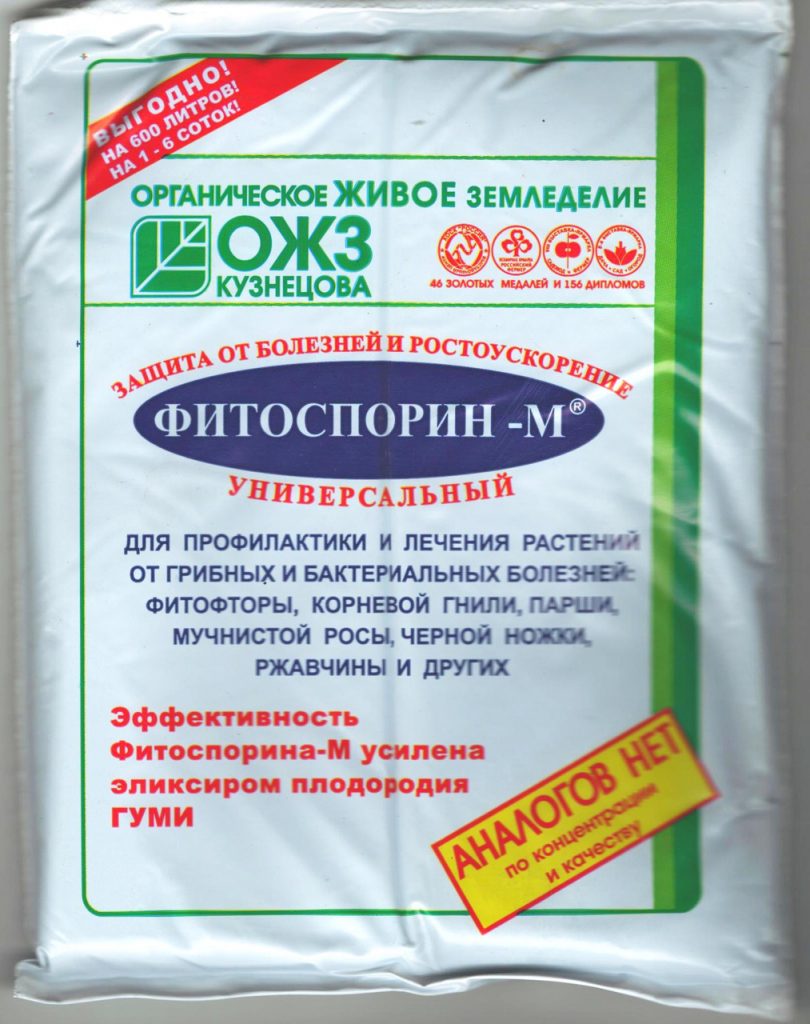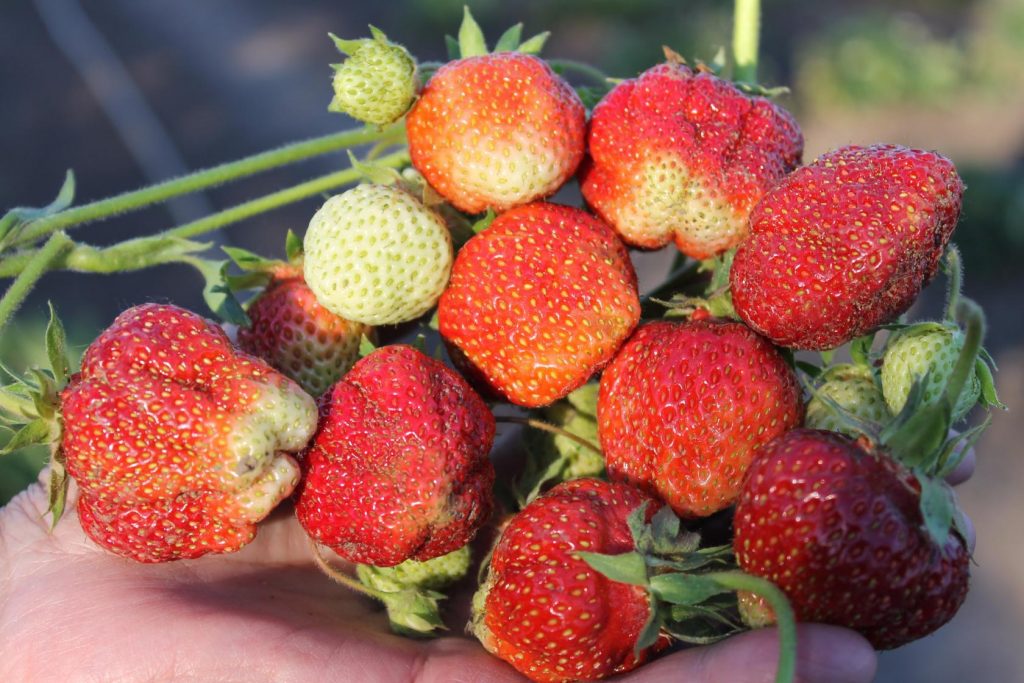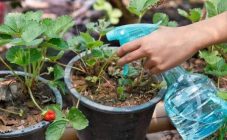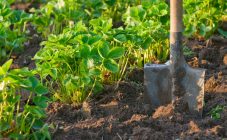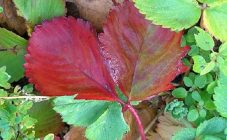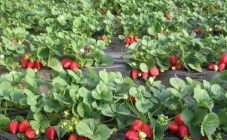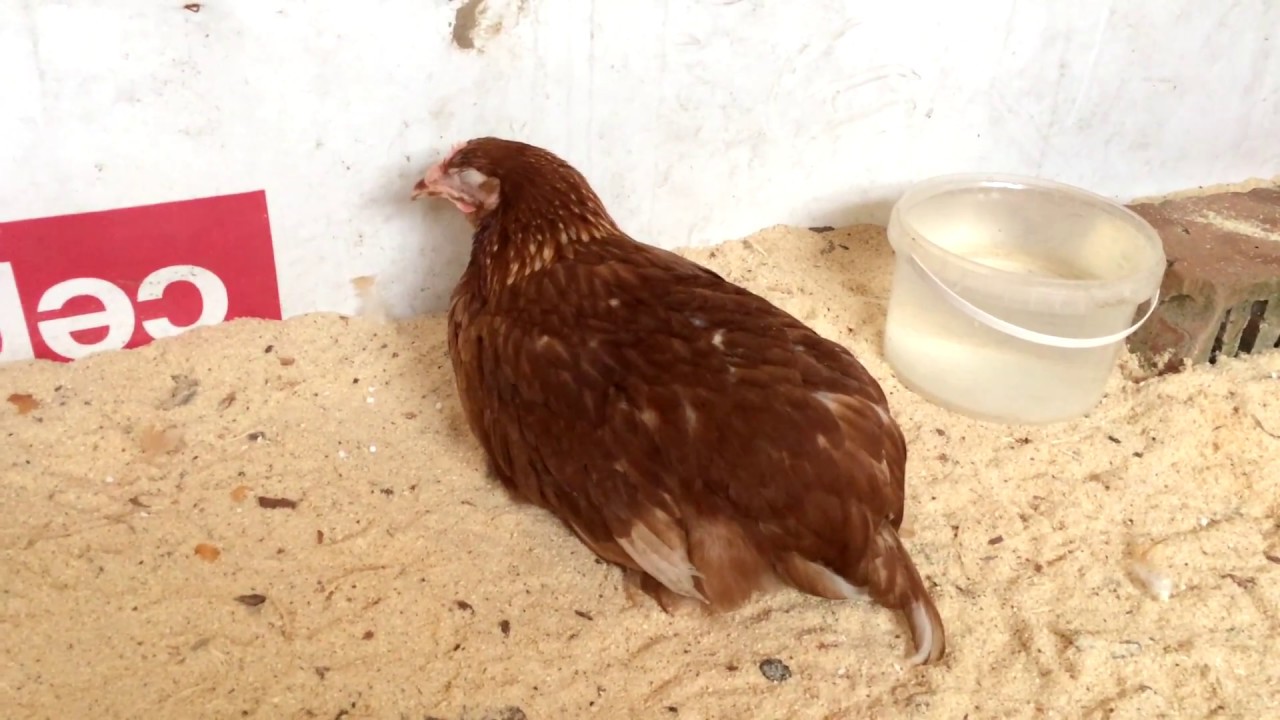Content:
Withering of any garden plant is a real disaster for the gardener. This can be due to a lack or excess of moisture in the soil. Another reason may be the invasion of insect pests. Sometimes it is difficult to determine why plants gradually wither, dry up and die. As a rule, berry bushes or other fruit plants disappear due to fungi that parasitize in their roots and can “live” in the soil under favorable conditions for up to 20 years or more. It is difficult to detect them, often only after the death of the plants. One of the most dangerous fungal diseases is verticillary wilting of strawberries, wild strawberries and berry bushes.
Description of the disease
Strawberry verticillosis is a disease associated with the presence of a fungus in the soil. Parasitizing on the roots of crops, including strawberries, a fungus from the order Verticillus penetrates into the plant, due to the ingress of moisture, and with the released toxic substances spread with water throughout the plant.
Parasitic fungi can appear in the soil through any gardening equipment: shovels, rakes, and also with seeds. The first sign of the disease is the appearance of the lower dry leaves. In such cases, the first thought is to lightly water the crop. And this is what mushrooms need. After all, favorable conditions for the development of spores are fundamentally abundant watering and an air temperature of at least 20 degrees.
There was no improvement, the strawberries turned brown, and the leaves withered and dried up completely. This indicates the complete death of the plant. No rescue measures will help here. You need to remove the entire bush. The symptoms of this disease are very similar to fusarium and late blight wilting. In any case, it is impossible to leave diseased bushes in the berry. Even if the rest are still bearing fruit, after a while they will also die, because they have already been infected. Is it possible to save the plant during the growing season or fruiting? Of course not. The fungus has affected the entire bush, for its "treatment" you need to use very toxic drugs. And this is dangerous for human health.
Preventive measures
To preserve the culture from combating fungal disease, several conditions must be met:
- Plant strawberries in fertile soil (but not sandy), treated with a special solution.
- Avoid areas where crops such as beets, potatoes, eggplants, peppers, and roses and chrysanthemums have been grown.
- Do not loosen to avoid contamination by inventory.
- Replace it with mulching.
- Treat bushes before flowering or during it, but not during strawberry ripening.
- Transplant after 3-4 years, returning it to its old place only after 6 years.
- Choose the varieties that are most resistant to wilting, and treat the roots with a strengthening solution before planting.
- Avoid stagnant water in the garden.
- Avoid excess nitrogen when feeding strawberries, this will slow down their growth.
Strawberry vertical wilt treatment
There is only one way to cure infected bushes: remove them along with the top layer of soil.You cannot add them to compost, it is better to burn them. Verticilliasis is often confused with the defeat of the culture by insects such as spider mites or weevils. In this case, no insecticides will help, because they are not afraid of the fungus. But there are certain preventive drugs that will help disinfect the soil and protect it from verticilli before planting strawberries or strawberries. They are divided into two large groups: chemical and biological products.
Chemicals or fungicides
There are many ways to combat wilting using chemicals. They must be used with extreme caution, and completely excluded during the ripening of the berries. Before using them, be sure to read the instructions.
The safest for humans is the Maxim fungicide, which is available in ampoules of 2 grams of substance. Usually diluted in two liters of water. But you can spray the plant a week before flowering.
"Bordeaux mixture", containing in its composition copper sulfate and lime, is also used for soil disinfection.
"Fundazol" is the most mysterious drug: on the one hand, it is harmless to bees (which is important for pollination of strawberries), and on the other hand, it can cause dermatitis in humans with prolonged use. Necessary measures to protect against contamination: respirator and gloves.
Biologicals
Their use is non-toxic, and after use, harmful chemicals do not accumulate in the soil.
"Fitodoctor" can be used for berry crops and for processing vegetables.
"Phytocid-r" helps to get rid of both rot and fight against fungal diseases, including wilting.
"Trichophyte" (or "Trichodermin") is a universal preparation that can be used to treat strawberry seedlings (soak the roots for 5-6 hours in a solution of 200 milliliters of the drug and 10 liters of water), soil (30 milliliters per 1 square meter) and spraying ...
Fitosporin is a wonderful medicine for verticillosis, because it directly affects fungal spores. Available in powder, liquid or paste form.
Planting resistant strawberries
In order to ensure a good percentage of the survival of the culture and to keep it from infection, there is another way - to use strawberries or strawberries highly resistant to fungal diseases as planting material. Breeders have bred many species, each of which has its own distinctive characteristics. A common feature that unites them is their resistance to verticillary wilting.
Vima Zanta is a variety, in addition to resistance to fungus, is frost-resistant and is not afraid of powdery mildew. The first fruits ripen in early June.
Lambada also tolerates cold well, has a large bush and large berries. Not affected by gray mold, like Figaro strawberries.
Favorite, Lakomka, Tsarskoselskaya and others are adjacent to them.
Choosing a method and method of struggle
The harm caused by verticillary wilting to culture, as well as other types of fungal diseases, cannot be "overestimated".
- Firstly, the plant can die in one season by a sixth.
- Secondly, if a beginner unknowingly plants strawberries on an infected area, the entire berry will die.
- Thirdly, if there are still living bushes on the site, then they become breeding grounds for the fungus. This is the main misfortune for a gardener. All years of work will go down the drain.
Since the fungal disease develops mainly at high humidity and a sufficiently high temperature of + 20-25 degrees, then in a rainy year you may not notice any changes and signs of infection on the strawberry bushes. It is necessary to inspect the plant more often, starting from the lower sheets.If, in dry weather, even after watering, the lower leaves began to wither, then this is the first bell of a fungal infection. One of the surest methods of dealing with it is weeding. To prevent verticillary wilting, water the berries with an infusion of wood ash. This is one of the proven folk remedies that will also help in the fight against harmful insects.
Of course, using fungicides on strawberry wilting is a powerful and effective method, but it has many drawbacks. Chief among them are harm to human health and the upper soil cover of berry fields. Frequent use of chemicals leads to their accumulation in the soil. Biologicals in this respect are in the most advantageous position: they are non-toxic and have the possibility of frequent use without harming the environment. It is necessary to fight the fungus and treat strawberries from infection, using carefully both biological agents, and especially fungicides.
Science does not stand still. Perhaps, in the near future, a universal remedy will be invented to combat various plant diseases, which will be applicable both on industrial plantations and in individual garden plots.
